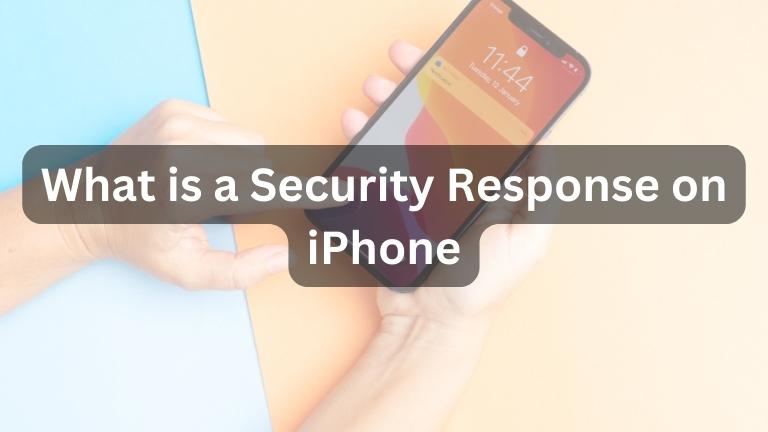
What is a Security Response on iPhone: What You Need to Know
In today’s digital age, mobile devices have become an integral part of our lives. We use them for communication, entertainment, and work-related tasks. As we rely more and more on our smartphones, we also need to ensure their security to protect our sensitive data and personal information. In this article, we will explore what security response is on the iPhone and how it works.
Contents
What is Security Response on iPhone?
Security response on the iPhone refers to the built-in security features that protect your device from various threats, including malware, viruses, and hackers. These features work together to safeguard your personal information, prevent unauthorized access, and detect and mitigate security threats.
Let’s take a closer look at some of the security response features on the iPhone:
Touch ID and Face ID
The Touch ID and Face ID are biometric authentication features that allow you to unlock your device and access your sensitive data securely. With Touch ID, you can use your fingerprint to unlock your iPhone, while Face ID uses facial recognition technology to authenticate your identity.
Passcode
The passcode is a numeric or alphanumeric code that you can use to unlock your iPhone. It is an essential security feature that prevents unauthorized access to your device and protects your data.
Find My
The Find My app on the iPhone is a location-tracking feature that allows you to locate your lost or stolen device. It also enables you to remotely erase your device’s data to prevent it from falling into the wrong hands.
Two-Factor Authentication
Two-factor authentication (2FA) is an extra layer of security that requires you to provide two forms of identification to access your account. When you enable 2FA on your iPhone, you will need to provide a password and a verification code to log in to your account.
Automatic Updates
Apple releases regular software updates that include security patches and bug fixes to improve your device’s security and performance. Enabling automatic updates ensures that your device is always up-to-date with the latest security features and patches.
How Does Security Response on iPhone Work?
The security response features on the iPhone work together to provide multi-layered protection against various threats. For example, Touch ID and Face ID provide biometric authentication, while the passcode offers an additional layer of security. The Find My app allows you to locate your lost device and remotely erase your data, while two-factor authentication ensures that only authorized users can access your account.
In addition, Apple’s iOS operating system is designed to be highly secure, with built-in security features that protect your device and data. iOS uses a sandboxing technique that isolates apps and prevents them from accessing sensitive information without permission. It also uses encryption to protect your data and prevent unauthorized access.
Conclusion
In conclusion, security response on the iPhone is a crucial aspect of device security. Apple has implemented several security features to protect your device and data from various threats. Understanding these features and how they work can help you make informed decisions about your device’s security. By following best practices and enabling security features like Touch ID, Face ID, passcode, Find My, two-factor authentication, and automatic updates, you can ensure that your iPhone is secure and your data is protected.
